How the male 'perfect body' went from chubby to muscular over the last 150 years
The below illustrations give insight into how pressures around the male ideal have changed over the centuries
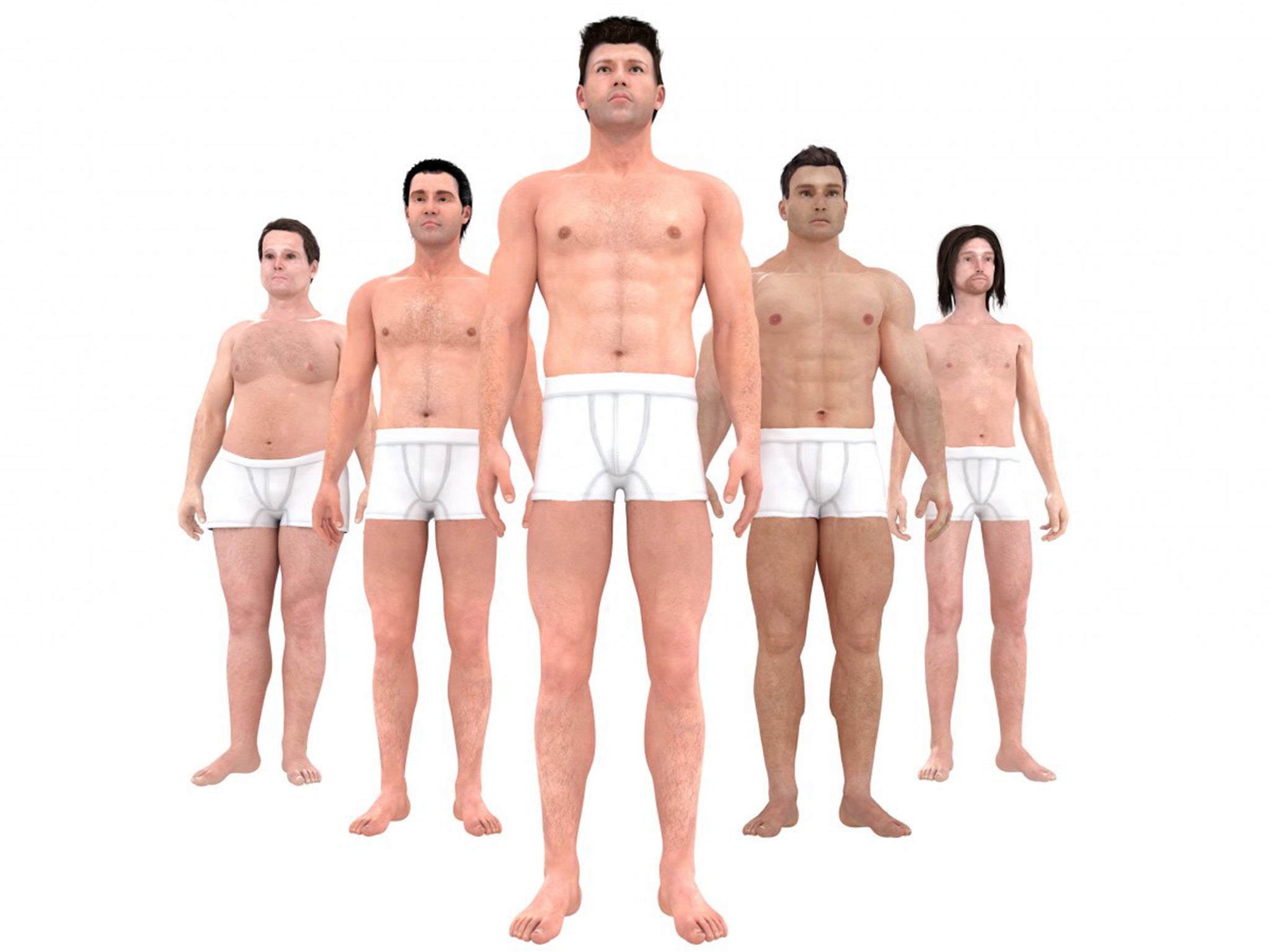
Your support helps us to tell the story
This election is still a dead heat, according to most polls. In a fight with such wafer-thin margins, we need reporters on the ground talking to the people Trump and Harris are courting. Your support allows us to keep sending journalists to the story.
The Independent is trusted by 27 million Americans from across the entire political spectrum every month. Unlike many other quality news outlets, we choose not to lock you out of our reporting and analysis with paywalls. But quality journalism must still be paid for.
Help us keep bring these critical stories to light. Your support makes all the difference.
Everyone has their own perception of the perfect body. It is influenced by a number of trends, changes in culture, and even the availability of food.
Artist Nickolay Lamm — who brought us the realistically proportioned girls' doll named Lammily, a direct challenge to Mattel's Barbie — wanted to see how the male ideal had changed over time. So he collected reference photos for what was considered among Americans to be the “perfect man” from each decade since the 1870s, then sculpted 3D models.
In the late 19th century, for example, the Dad-bod was the perfect-bod. Having a large waist and chubby cheeks was a sign of wealth and social class.
As with all generalizations, this will not be “perfect” for everybody. Lamm's study is only interested in body shape and does not take into account skin tone for example, explaining the whitewash. But the illustrations give insight into how pressures around the male ideal have changed so dramatically over the past couple of centuries.
1870s: Before everyone had easy access to food, obesity represented wealth.
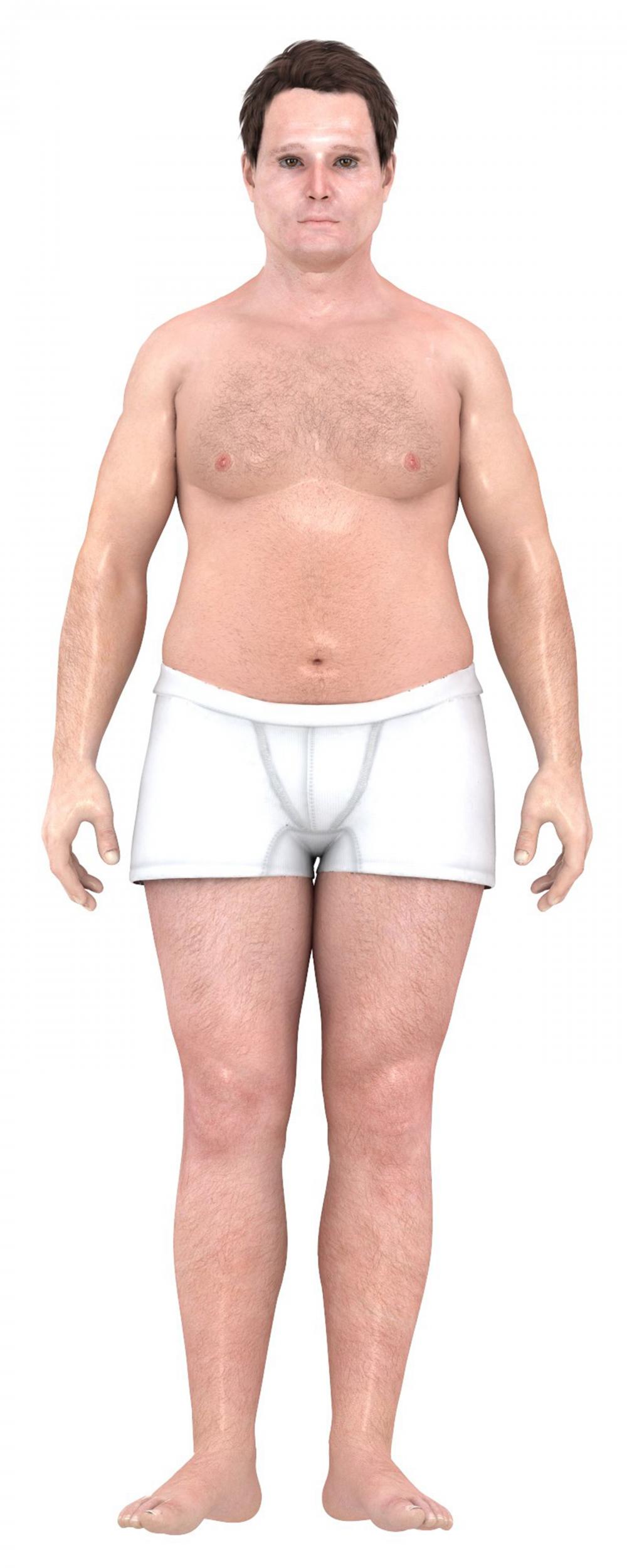
In 1866, a “Fat Man's Club” was founded in Connecticut, which became popular and spread across the US — its members had to weigh at least 200 pounds. Here's a photo of that same club from 1894.
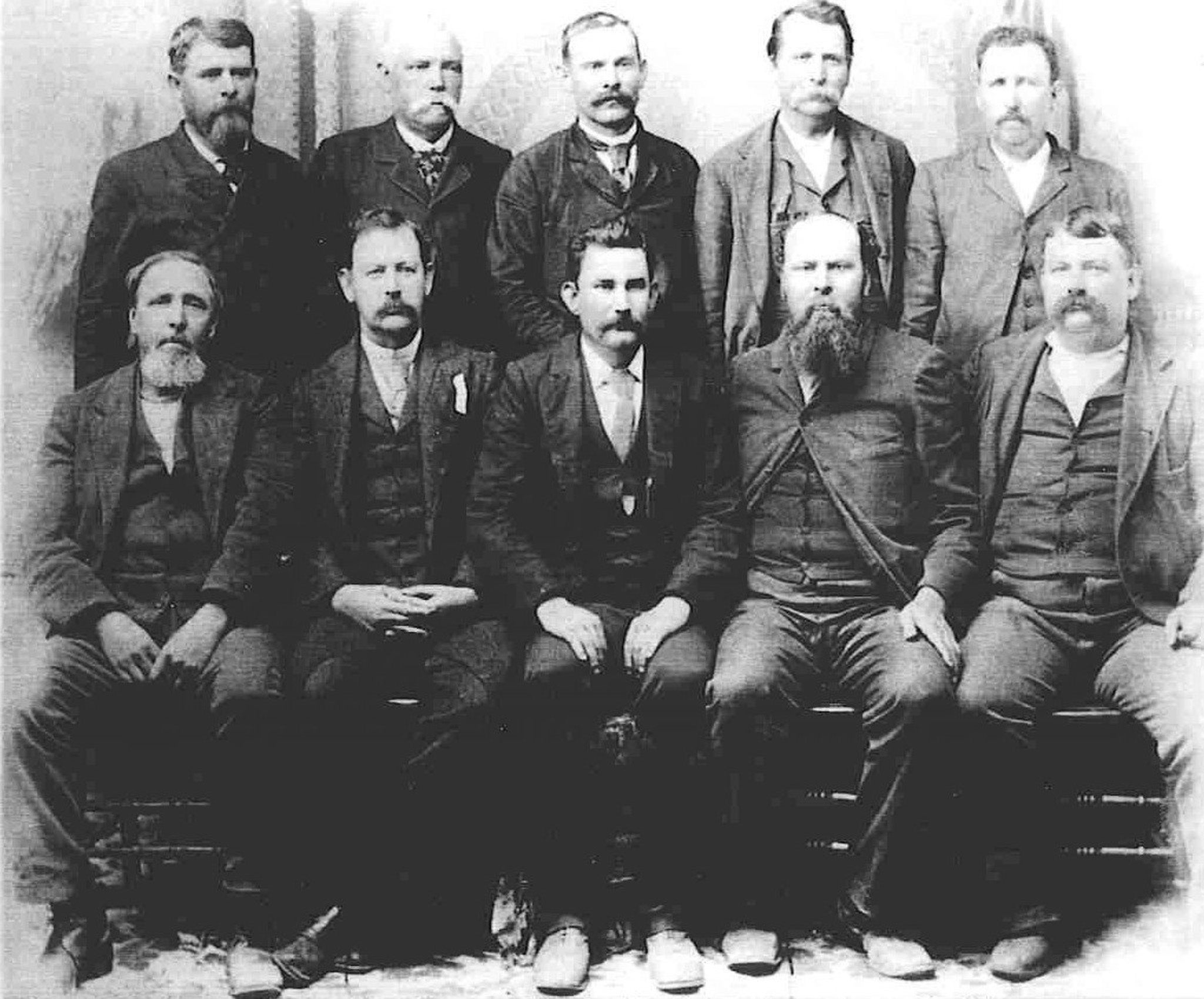
1930s: By the '30s, food was easier to find, and Hollywood actors created the slim ideal.
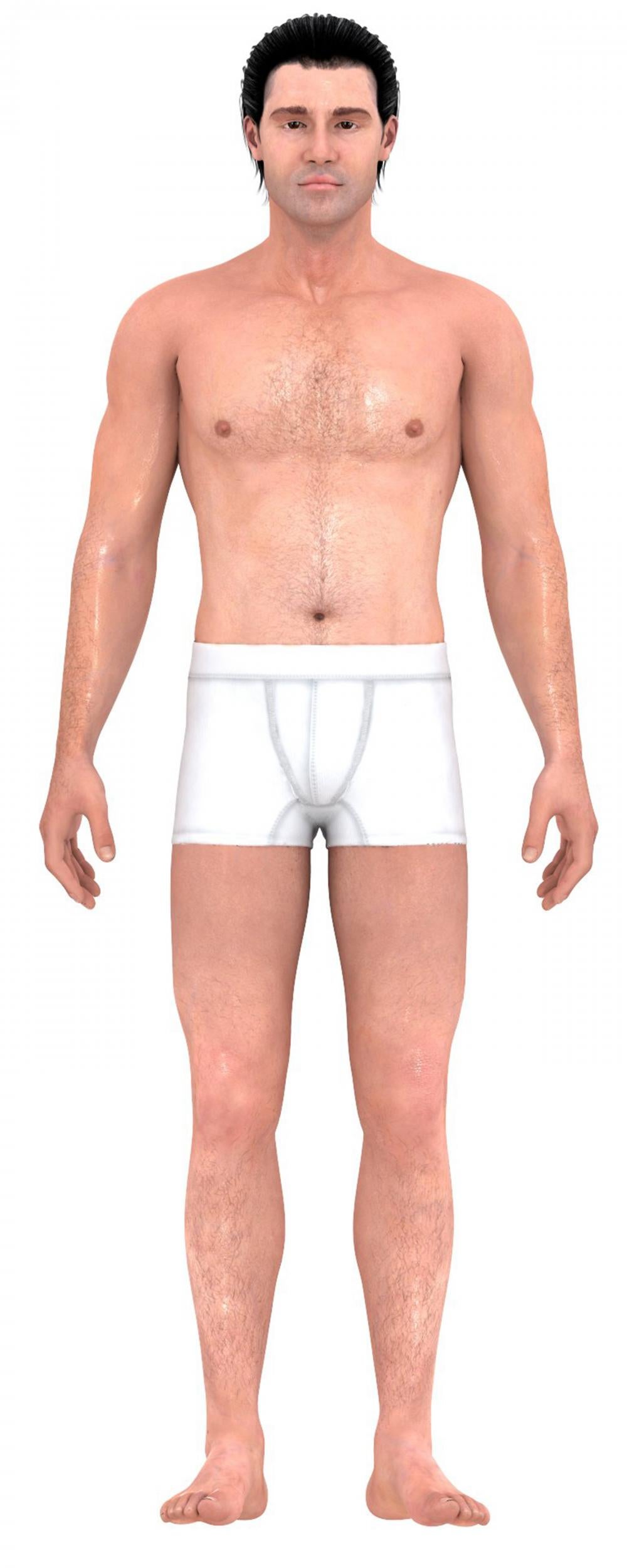
Actors like Cary Grant typified the ideal body shape of the time.
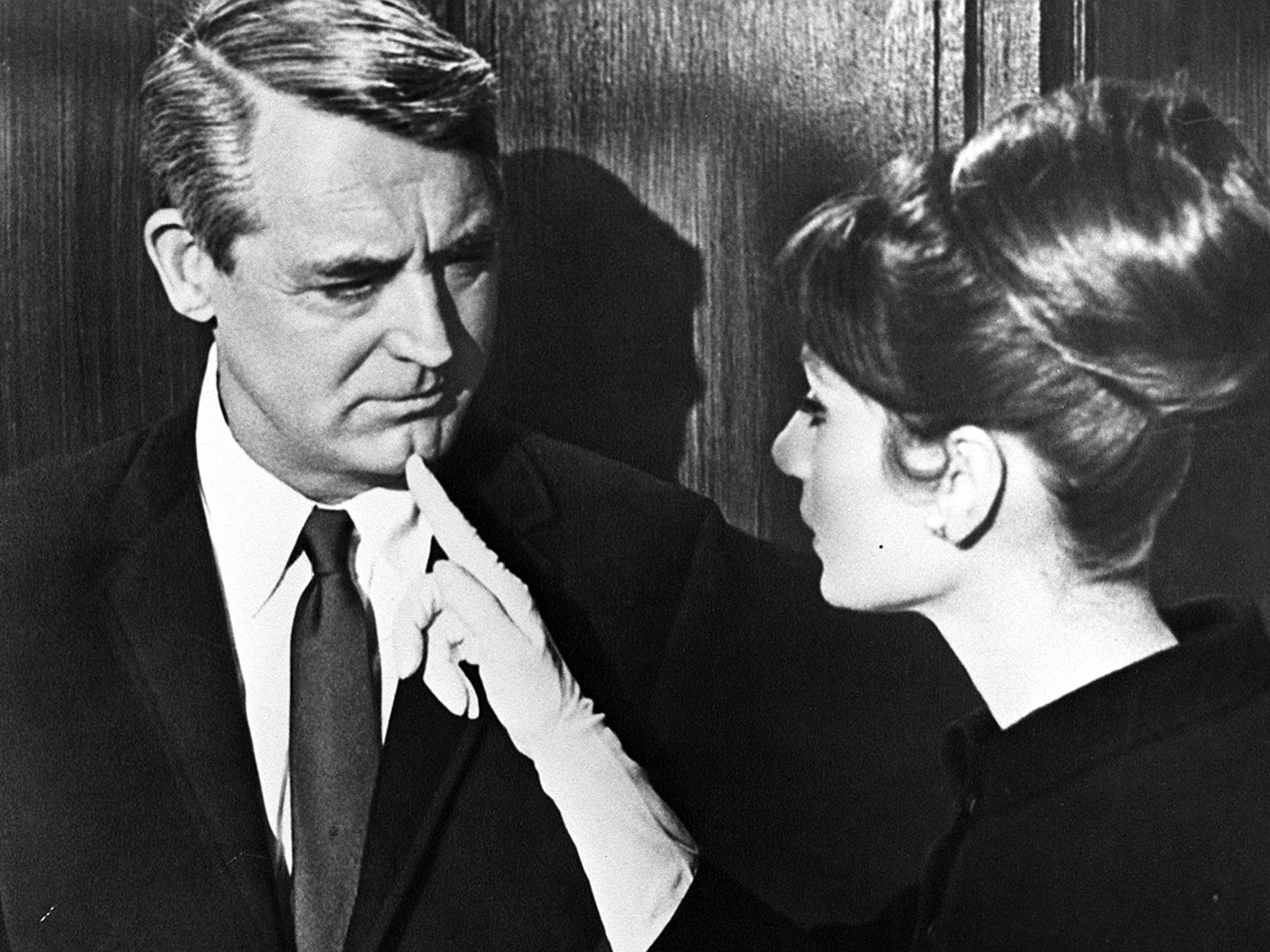
1960s: By the '60s, Americans were tired of the corporate mainstream and authority.
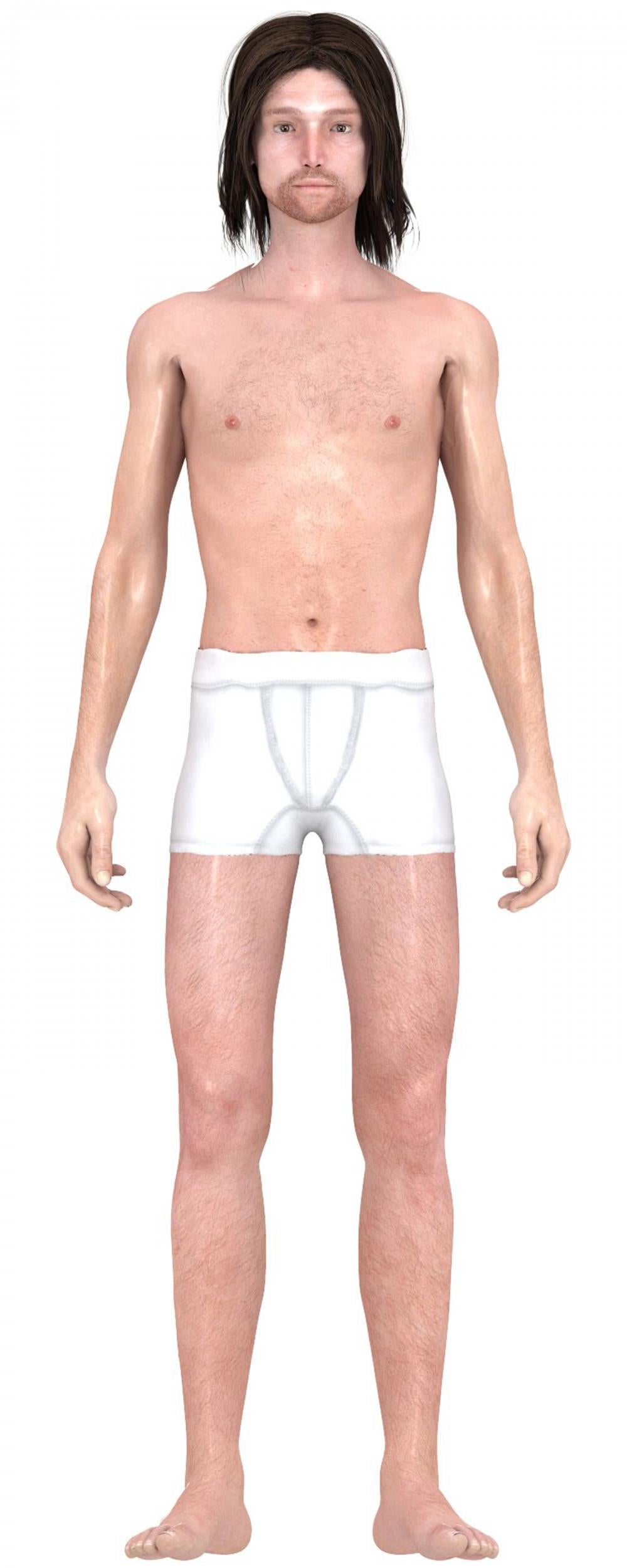
They rebelled, growing their hair long, taking drugs, and not exercising.

1980s: In the '80s, health clubs and working out became popular.
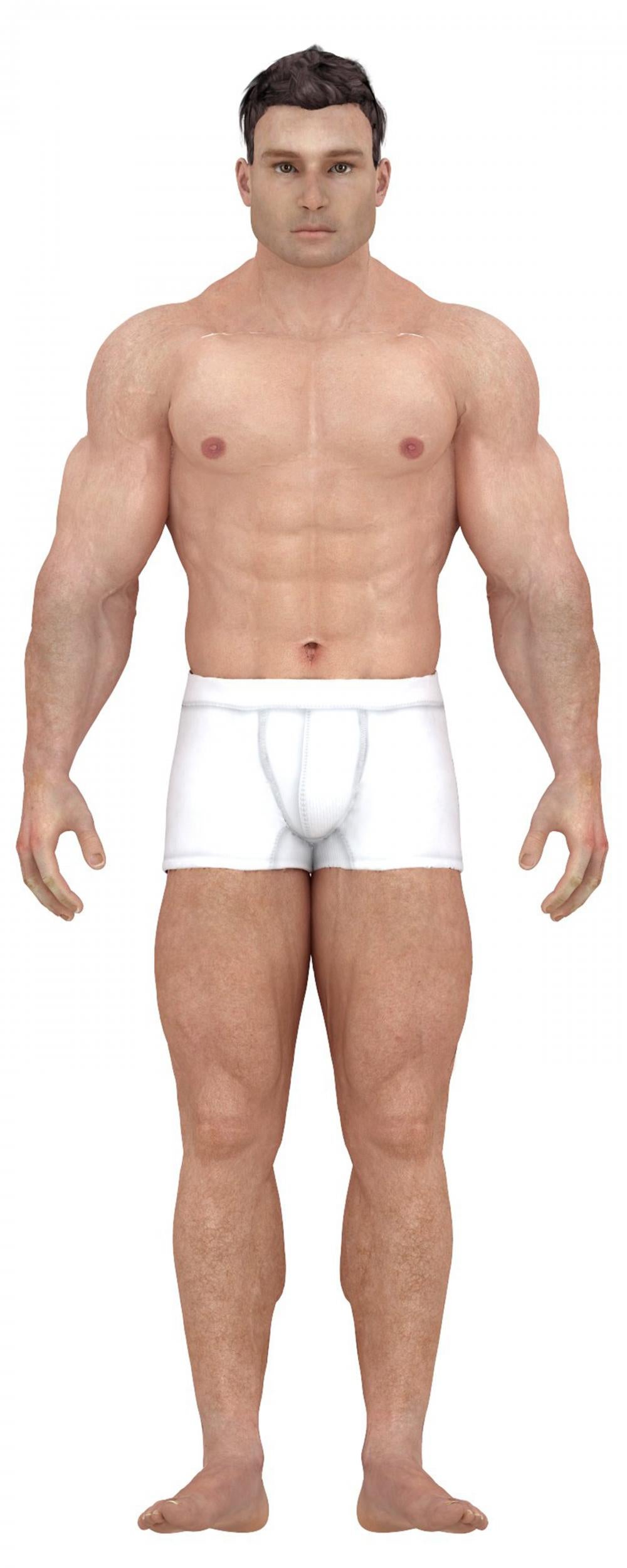
Bodybuilding became a mainstream activity.
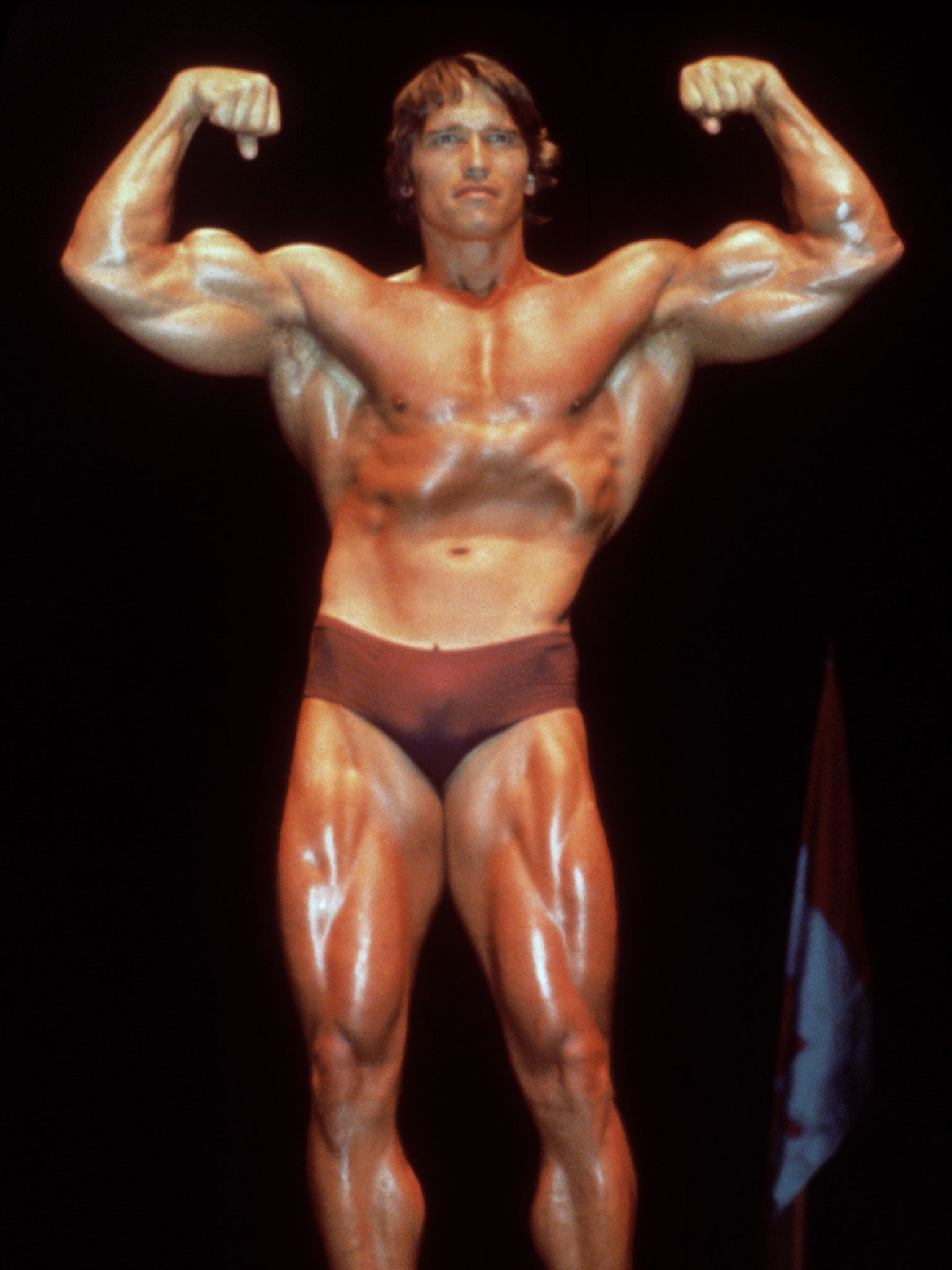
1990s: By the '90s, hypermasculinity was out and the everyman was in.
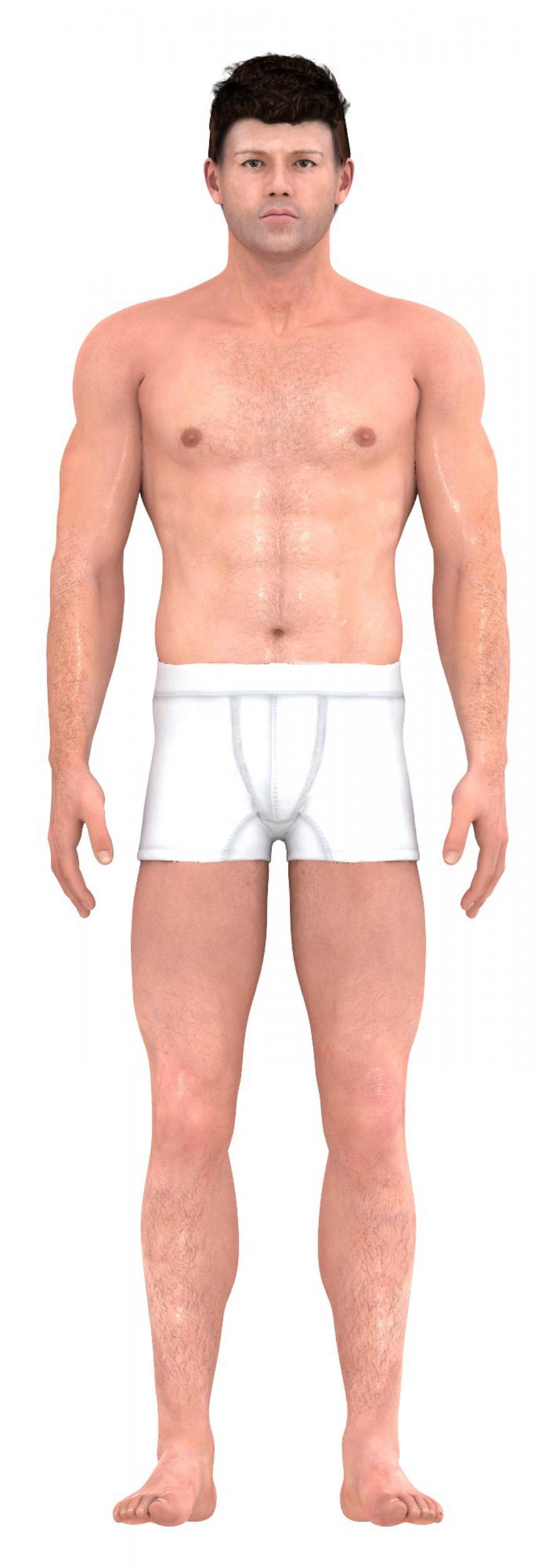
Brad Pitt in “Fight Club” typifies the '90s perfect body, according to Lamm.
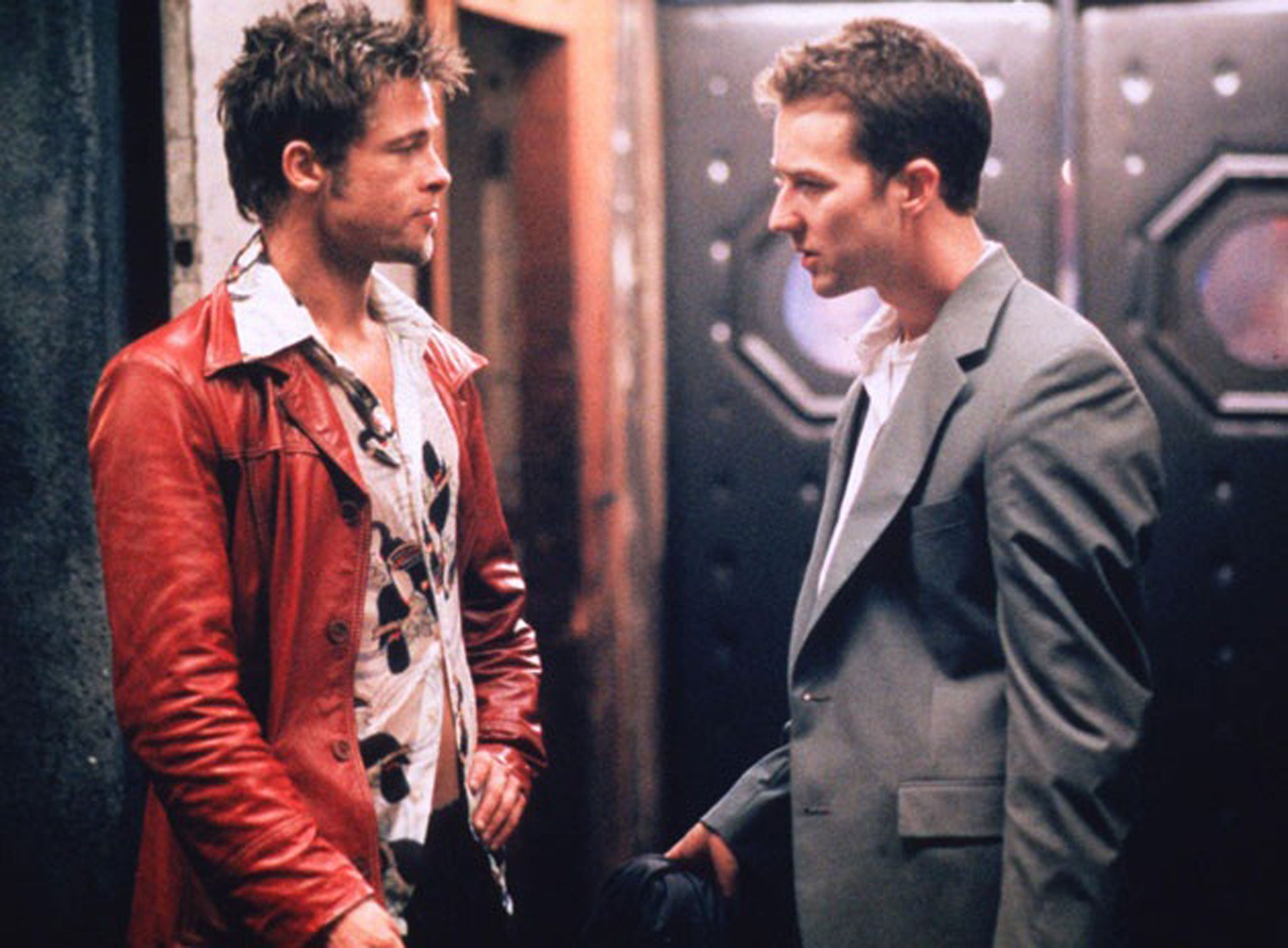
After the '80s, men no longer wanted to invest the time to become bodybuilders.

This has continued into the 21st century — where the ideal is similar to the 90s.

In 2012, a study from the Institute of Neuroscience used 3D-visualisation software to estimate our preferences for both male and female bodies.

For both sexes, the ideal was lean and muscular.
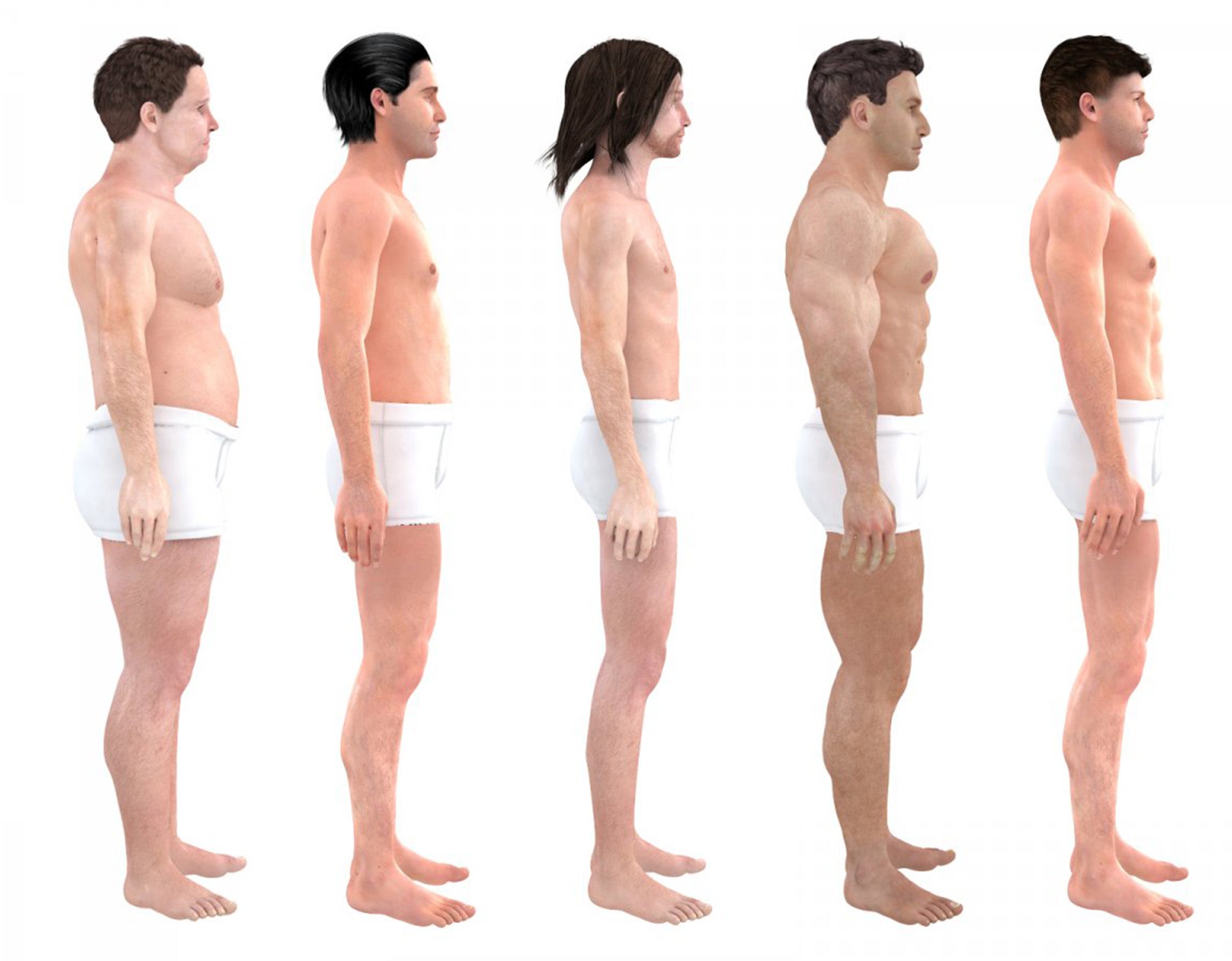
So, unlike in the 1870s, beer guts are no longer a part of the “perfect body.”
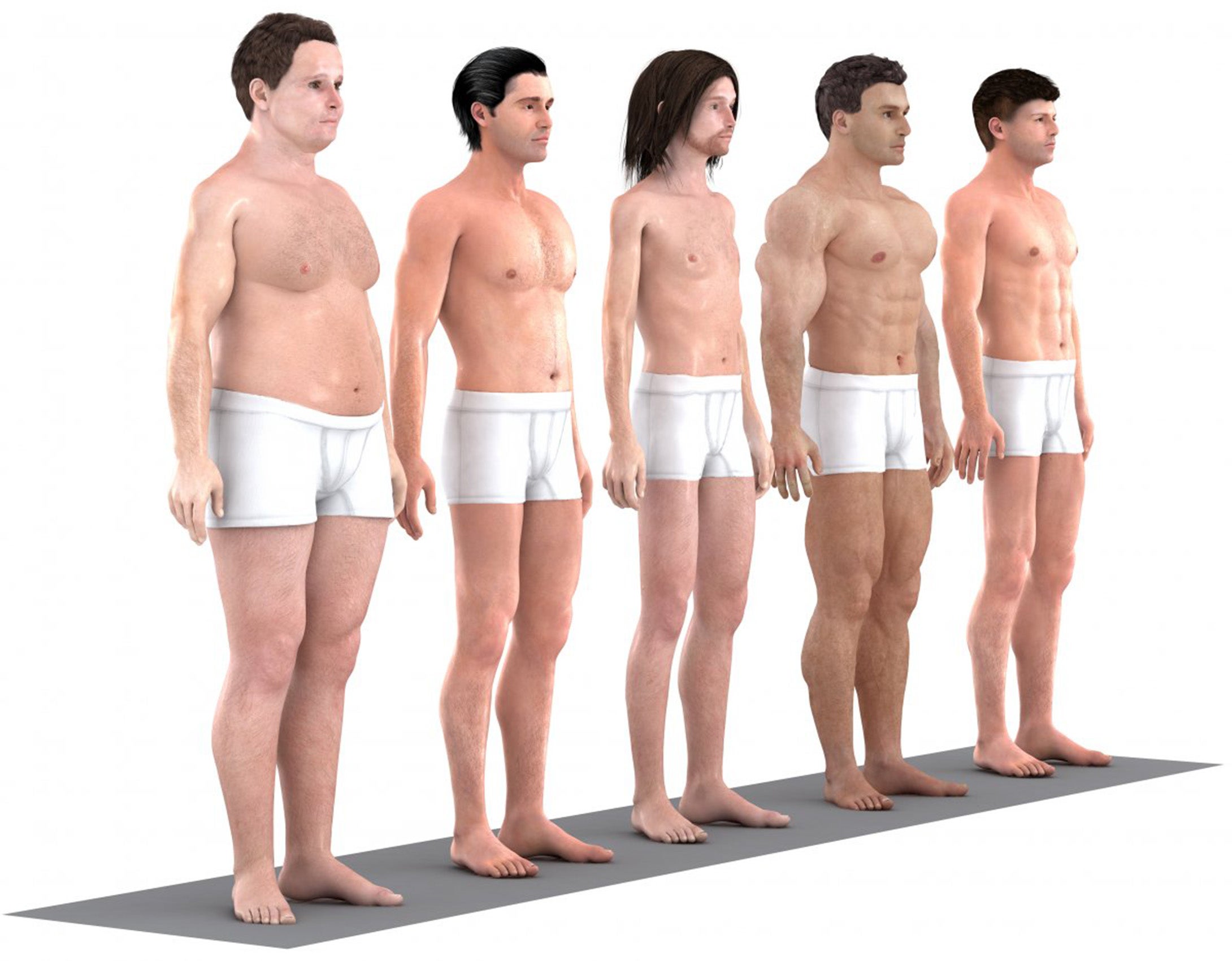
Read more:
• ALBERT EDWARDS: China is running out of money
• The Bank of England is quietly sounding the alarm over inflation
• Credit Suisse shares fell off a cliff to a 24-year low after the bank posted billions in losses
Read the original article on Business Insider UK. © 2015. Follow Business Insider UK on Twitter.
Join our commenting forum
Join thought-provoking conversations, follow other Independent readers and see their replies
Comments